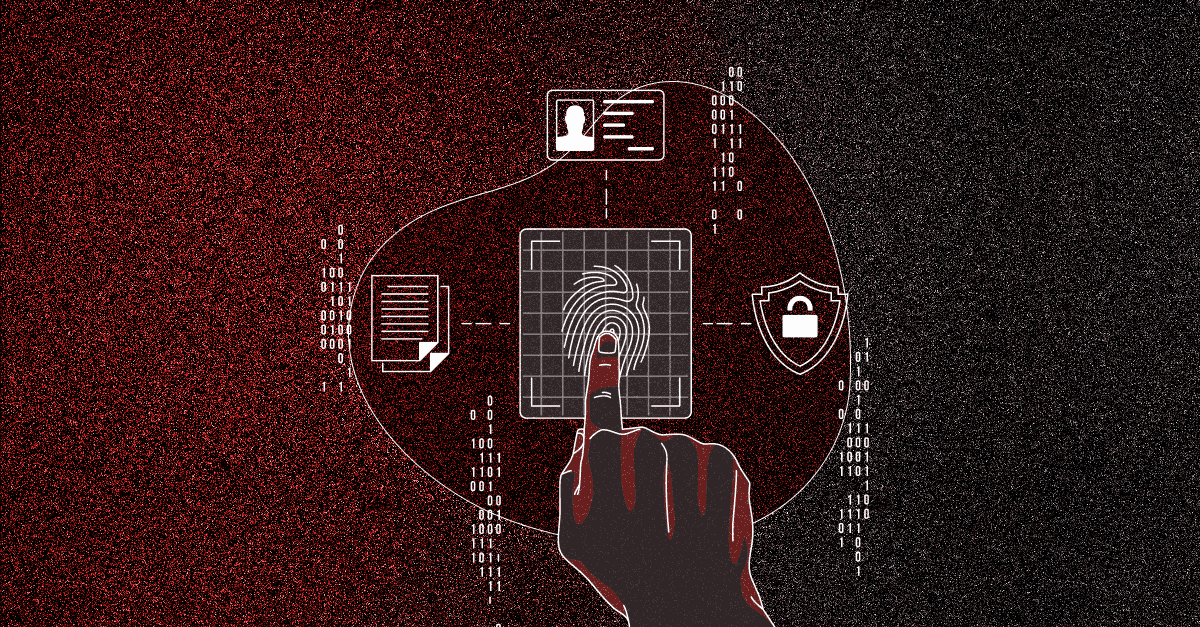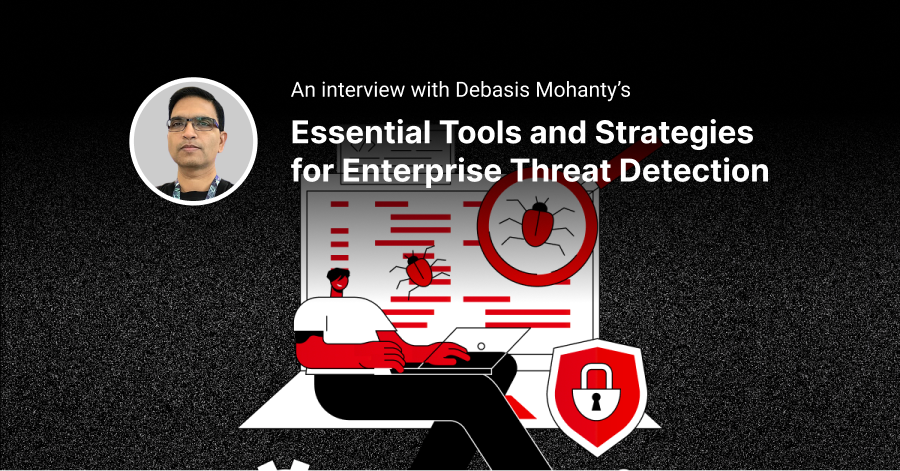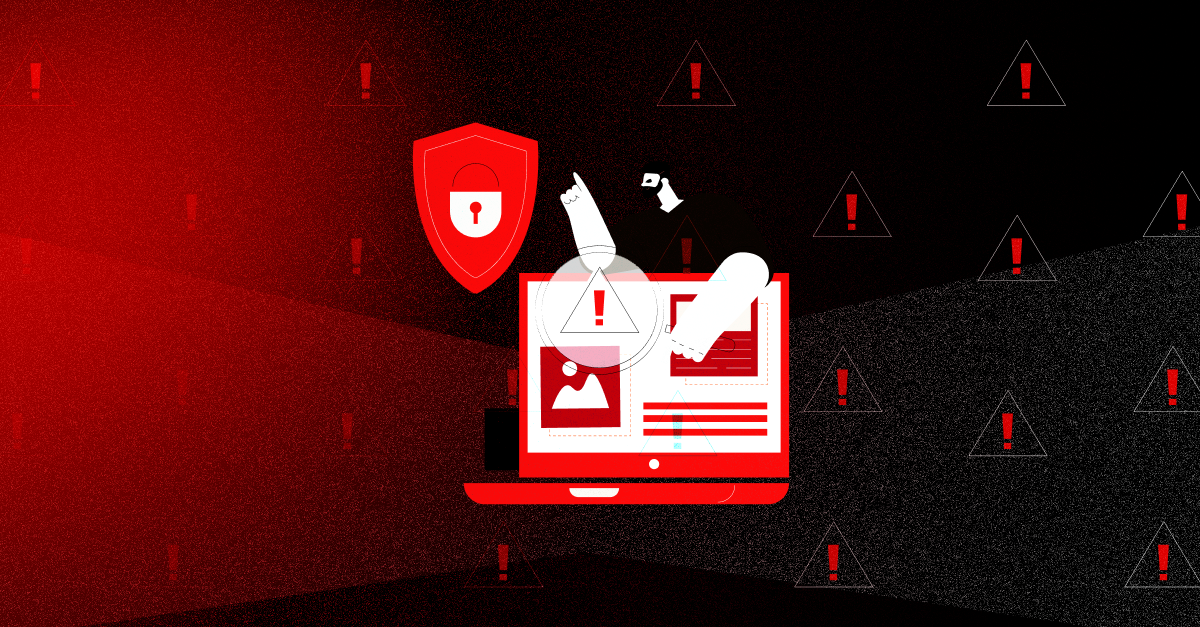As our world becomes increasingly digitalised, the need for strong identity access management (IAM) systems become more and more important. IAM is a security tool that controls and manages user access to sensitive systems and data, ensuring that only authorised users can access this information.
In other words, IAM protects your organization from potential security breaches by managing who has access to what within your company. Implementing an IAM system can seem complicated, but it is critical in today's business landscape.
What is Identity Access Management?
Identity Access Management is a process of managing the identities of users and their corresponding permissions. It usually helps you control identity and access management of users, devices, applications and services, which are a part of your organization. It is basically a function which supports the management of the identity and access of the users to applications and services as well as controlling the level of access. The Identity Access Management system can be used to manage resources or data across multiple users. It also helps in managing the relationships between the user and resources based on their roles.
Organisations use IAM to protect the personal information of their employees and customers by controlling who has access to their information. This ensures that individuals only have access to the information that is necessary to perform their jobs.
Under IAM, organisations assign unique identification numbers to each digital entity (user, device, or account) and then use these numbers to identify and authenticate individuals when they attempt to access sensitive information. Organisations that use IAM can also monitor the activities of their users to ensure that they are not accessing or modifying sensitive information without the appropriate permissions.
Why is IAM Important?
Identity access management is important for several reasons. First and foremost, it helps to protect the personal information of individuals. This ensures that the chances of a security breach are significantly reduced. Additionally, by limiting access to sensitive information, IAM can help organisations detect potential security threats and fraud.
Also, IAM can be used to notify users about their access privileges and even revoke access for suspicious or inappropriate activities. This can help organisations contain the damage caused by a security breach or other unauthorised access or modification. Some benefits of using IAM include:
Less time spent on administration
IAM is an easy, effective, and flexible solution that can help organisations to automate the management of user access privileges. With IAM, companies can create profiles for each user, and privileged groups, in addition to editing and assigning specific permissions to those groups, which can significantly reduce the time spent on administering the user permissions. This helps organizations improve productivity by reducing administrative overheads.
Better Security
IAM also helps in enhancing the security of your organisation by enabling you to control and monitor all the users accessing your information and applications. In addition, it reduces the possibility of errors and erratic security processes by automating the user access process.
Simplified Workflow
In addition to helping you maintain a record of all user activity, IAM leads to a more direct work process as it allows you to streamline the authorisation and authentication processes. It can be integrated with any of your existing applications to facilitate easier and more secure data access and authorisation.
Enhanced User Experience
By integrating with other applications and devices, IAM also helps in creating a better user experience as you can use it to manage all user data in a centralised location. Users can access their data from anywhere and at any time and the organization can take advantage of this by delivering better services to their customers.
Improves Business Agility
IAM allows you to simplify your security and user access processes so that your business can easily adapt to changing business conditions and requirements. This ensures that you can better respond to market changes and customer demands.
Improved Compliance with Regulations
IAM can also help organisations meet compliance requirements related to user access control and activity reporting. By providing an audit trail of user access and activities, IAM helps organisations maintain compliance with regulations such as
GDPR,
HIPAA,
SOX, and much more.
Basic Components of IAM
IAM is made up of the following main components - identity, and access management.
Identity Management is the process of managing and verifying the identities of users within and outside the organization. This can be done by adding the attributes of the users and attributes of the devices they use, to the identity management system. Identity management systems and databases contain all the information about the users such as names, addresses, job titles, and other information. This information is used by the IAM to authorise users for accessing the resources.
Access Management is the process of providing users with access to the resources in a controlled manner. This is done by managing the access of users to various resources using the information about them in the identity management system. A user can be granted access to a resource based on his role, and job requirements. For example, an accountant can be provided with a different set of permissions than a salesperson. This is called role-based access.
IAM systems must be able to capture and store information about the users, and all the resources that they have access to and when they access it, in addition to managing the enterprise database of user identities facilitate access privilege assignment and removal.
Implementing IAM in Your Organization
When it comes to securing your organization’s data, there is no such thing as too much security. That’s why implementing an Identity Access Management (IAM) solution is essential for businesses of all sizes. IAM can be complex, but the benefits far outweigh the costs. Here’s how to start:
Tools and Security Protocols Required to Implement IAM
Password Management Tools
These tools make it possible to manage all passwords in one place without having to memorize and keep track of all of them.
MFA
Multi-factor authentication is a security measure that requires users to provide multiple means of verifying their identity before being granted access. Typical examples include requiring a fingerprint or facial recognition or a numerical code in addition to a password.
SSO
SSO is short for Single Sign On, meaning users can only login once and use the IAM tool as a gateway to access all other systems and services, without having to sign in again.
Reporting and Monitoring Tools
These tools keep an eye on accounts that are vulnerable to threats and apps that have been granted permissions.
Provisioning Software
These tools help in the management of user data across systems and applications.
Identity Repositories
Identity repositories store all the data about users and groups.
The IAM Roadmap
Every organization requires a roadmap that outlines a series of steps that will help them implement IAM and achieve their security goals.
The first step in creating an IAM strategy and roadmap is to assess the current state of the organization and identify the areas in which IAM is needed. This includes understanding how the organization functions currently, who has access to what, and what the objectives of IAM are. Evaluating these parameters before implementing IAM can help to ensure that the IAM program meets the organization's specific needs such as budget expectations, timelines, and overall goals.
Once this process is complete, the next step is to analyse the information gathered from the IAM assessment, determine a set of deliverables that align with the organization's objectives, and design the IAM strategy and roadmap. The IAM roadmap will outline the steps that need to be taken in order to get from the current state to the desired state.
Finally, make sure to test your IAM program continuously after it is implemented. This will allow you to find out any gaps in your program that need to be addressed. A successful IAM program must be able to adapt to the changing needs of the organization, the industry, and stakeholder demands.
IAM and Compliance
Identity access management (IAM) is a key enabler of compliance for organisations of all sizes. IAM helps organisations identify, manage and control access to their resources, both physical and virtual, by defining and enforcing rules for who can access what. By routing users through a strict identity management process, organisations can be sure that only authorised users are able to access sensitive data.
As a result, IAM helps to protect the privacy and security of data and mitigate compliance risks. Additionally, IAM provides a centralised view of your users’ access rights, and an audit trail that tracks changes to access rights as they are granted or revoked, both of which are key elements of compliance.
Common Risks Associated with IAM Solutions
While IAM solutions offer many benefits, they also come with some risks that organisations must be prepared to address. Here are some of the most common risks:
Too Many Permissions
One of the most common mistakes organisations make when implementing IAM solutions is granting too many permissions to too many users. Too many permissions given to a user or a group can result in an unnecessary security risk. To mitigate this risk, organisations should implement a policy that restricts the number of permissions that users are granted. Using role-based access controls and access reviews are also helpful tools for limiting the number of permissions granted to users.
Misconfigurations
Many common IAM solutions come with default settings that can result in security issues. Examples of misconfigurations include enabling access for every user, allowing users to see each others’ data, open APIs, and allowing unapproved logins. Misconfigurations can result in exposure of sensitive data, as well as compromise of the security of your organization. These risks can be mitigated by performing routine audits and reviewing configuration settings regularly.
Cloud Security Breaches
When a business operates on the cloud, it must take extra care to ensure its access management and user identities are safe. Unsecure IAM systems can result in breaches of data and have far-reaching impacts on your business. Even if you are using a reputable cloud service, it is advisable to have a dedicated security team to monitor your cloud access, audit your IAM, and work with the cloud service provider to ensure their security practices are up to par.
Conclusion
Identity and access management is crucial for the successful and safe management of sensitive information in the workplace. With the ubiquity of electronic devices, and the increasing need to be able to access sensitive information from anywhere at any time, the need for a robust IAM solution has never been greater. The benefits of a well-designed IAM program are not only in its ability to improve the security of data, but also in its ability to reduce the cost of compliance and regulatory burdens, as well as to streamline administrative processes.
For more information about how to choose and implement the right IAM for your business,
contact
our team of experts.






